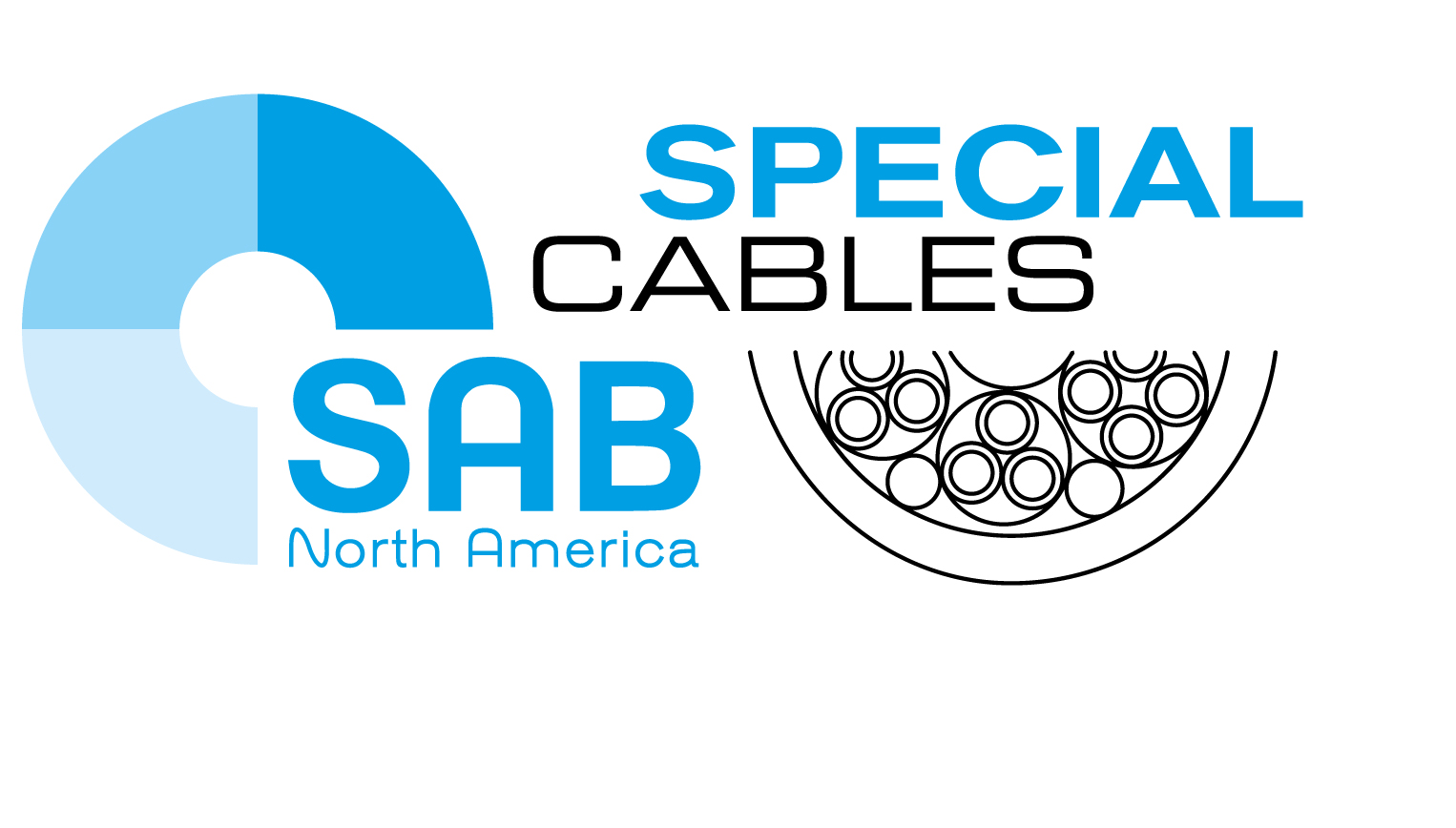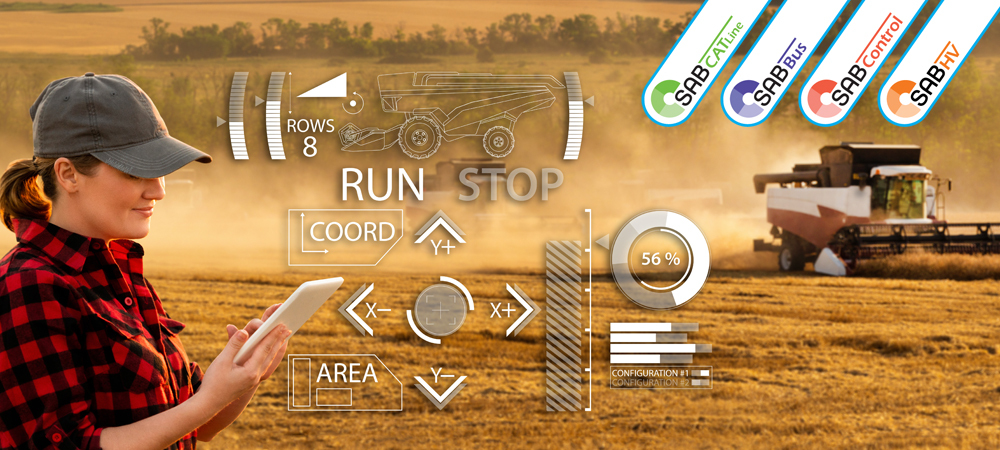Fully autonomous vehicles are not commonplace on highways, but many of their underlying technologies are already changing driving habits. At the same time, their innovations are transforming logistics across the industrial and agricultural landscapes. Whether on the road or on a worksite, their autonomy would be impossible without fast, secure data exchange and robust connectivity. This blog post will provide an overview of the growing adoption of autonomous vehicles as well as the wires and cables that help them revolutionize transportation.
Autonomous Vehicle Applications
Autonomous vehicle technology is quickly gaining widespread adoption in these sectors:
- Passenger vehicles. Technologies like GPS, artificial intelligence (AI), radar, light detection and radar (LiDAR), cameras and various types of sensors allow autonomous vehicles to navigate roads, avoid hazards, exchange data with their electronic control unit (ECU) and communicate with other vehicles. The Society of Automotive Engineers (SAE) classifies vehicle autonomy on a scale from Level 0 to Level 5. Most passenger vehicles are Level 2 and offer driver assist features like adaptive cruise control, blind spot detection and safety systems. Level 5 vehicles are fully automated.
- Industrial and construction. Automatic guided vehicles (AGVs) and automated mobile robots (AMRs) effectively improve productivity and efficiency while reducing labor requirements in manufacturing, warehouse and construction environments. AMRs do not follow a fixed route and are particularly adept at learning shop and warehouse floor layouts and navigating around obstacles. Cameras, infrared (IR) sensors, gyroscopes and accelerometers navigate the floor, and mapping software helps AGVs remember a new location’s layout.
- Agriculture. On farms, autonomous tractors can now perform seeding, weeding, plowing and harvesting tasks. Autonomous vehicles are invaluable in collecting data that helps farmers analyze crops, weather conditions or nitrogen levels in the soil so they may farm more strategically. Tractors communicate with other agricultural systems and equipment via the ISO 11783-2 (ISOBUS) communication standard.
Wires and Cables for Autonomous Vehicle Technology
With all these advancements, autonomous and self-driving vehicles require higher bandwidths for effective data transmission across networks and with other vehicles plus high-voltage electronics to provide greater functionality. The cables at the heart of these systems must support these high data and voltage requirements, withstand harsh conditions and endure rigorous testing to meet various regulatory requirements. Here’s how SAB can help:
- Bus and Ethernet cables. Flexible SAB Bus and SAB CATLine cables support ISOBUS, PROFIBUS and CANbus protocols, as well as CAT 5, CAT 6A, CAT 7A and SPE Ethernet communications. These gigabit data cables provide greater bandwidths and speeds to enable more device and sensor connections. They also boast exceptional signal integrity, robust construction and are available in halogen-free and hybrid versions.
- Control and connection cables. Combining power and data in a single cable, SAB Control cables are well-suited for use with motors and drives and robotic equipment.
- High-Voltage cables. Our HV line of high-voltage cables provides reliable and safe electrical transmission as well as resist mechanical stresses typically found in hybrid and electric vehicles. HV 1000 C connecting cables, for example, are rated to 1,000V AC and combine durable construction and flexibility for exceptional routing and smaller bend radii in agricultural, construction and specialty vehicles. We recently highlighted the HV Series in an earlier post.
- ETFE, FEP and PFA strands. Featuring exceptional insulation characteristics and having a wide fixed laying temperature range, these chemical- and solvent-resistant cable strands are ideal for tractor electronics and lighting equipment.
- Special and hybrid cables. At SAB, we can construct a custom cable, hybrid design or provide a special material and turn it around quickly.
Our flexible cables resist oils, chemicals and other environmental extremes, making them well-suited for harsh applications typically found in automotive, industrial and agricultural industries. In fact, they are available in a variety of jackets, conductors and insulators to handle a wide range of conditions.
Enhance Safety, Productivity and Efficiency
With SAB cables, you can be sure critical data will be transferred accurately and reliably, so passengers and cargo arrive safely and autonomous industrial and agricultural vehicles increase your operation’s productivity and efficiency.
For more information, please visit www.sabcable.com.


